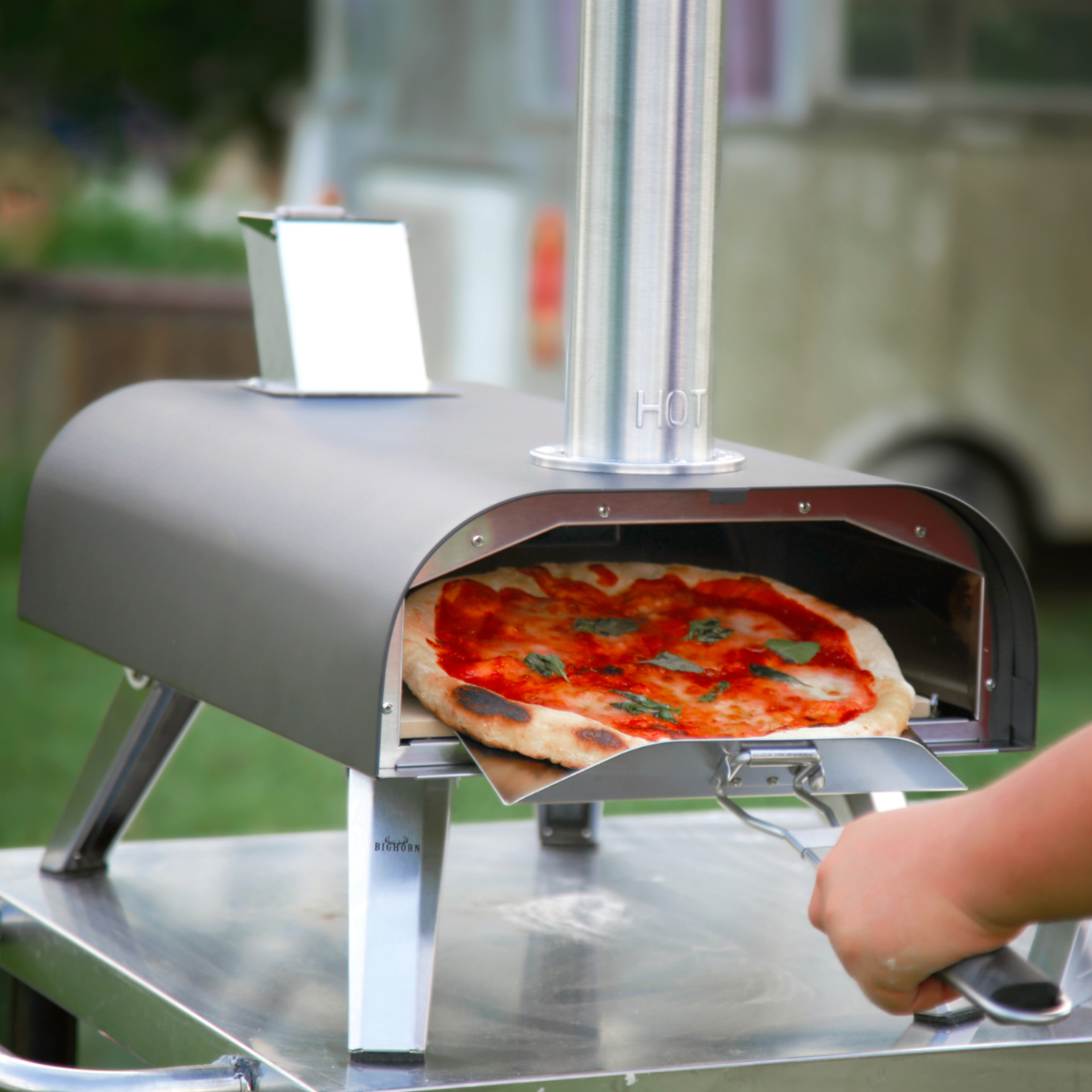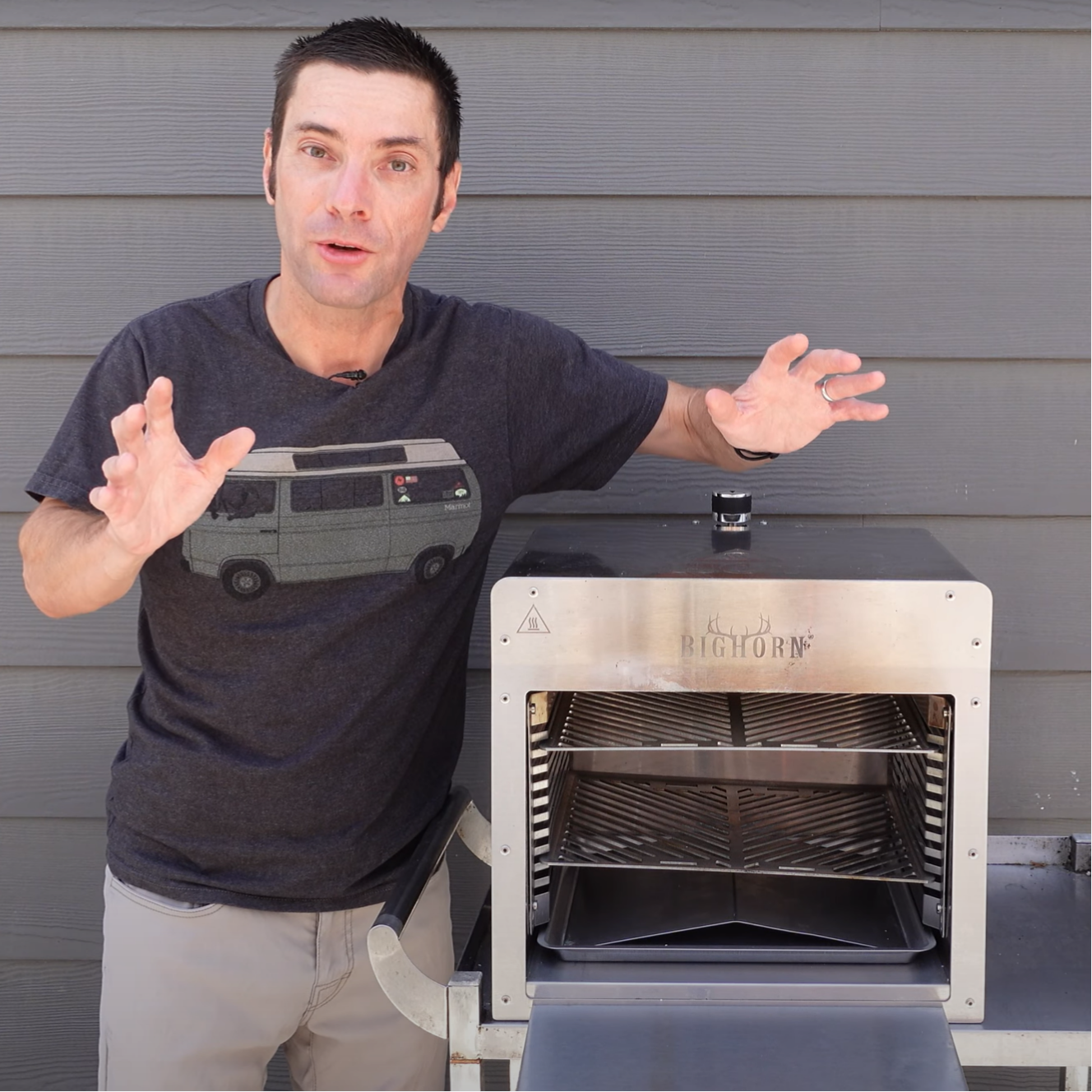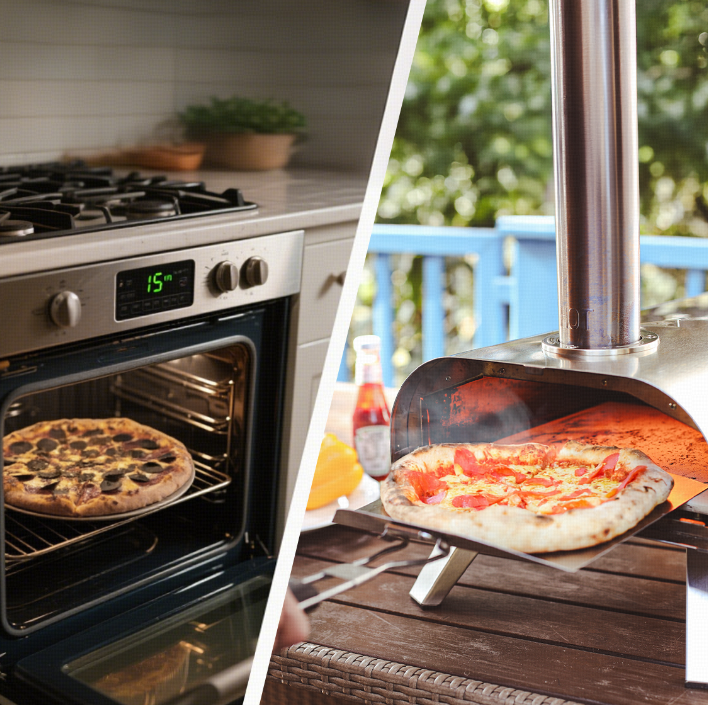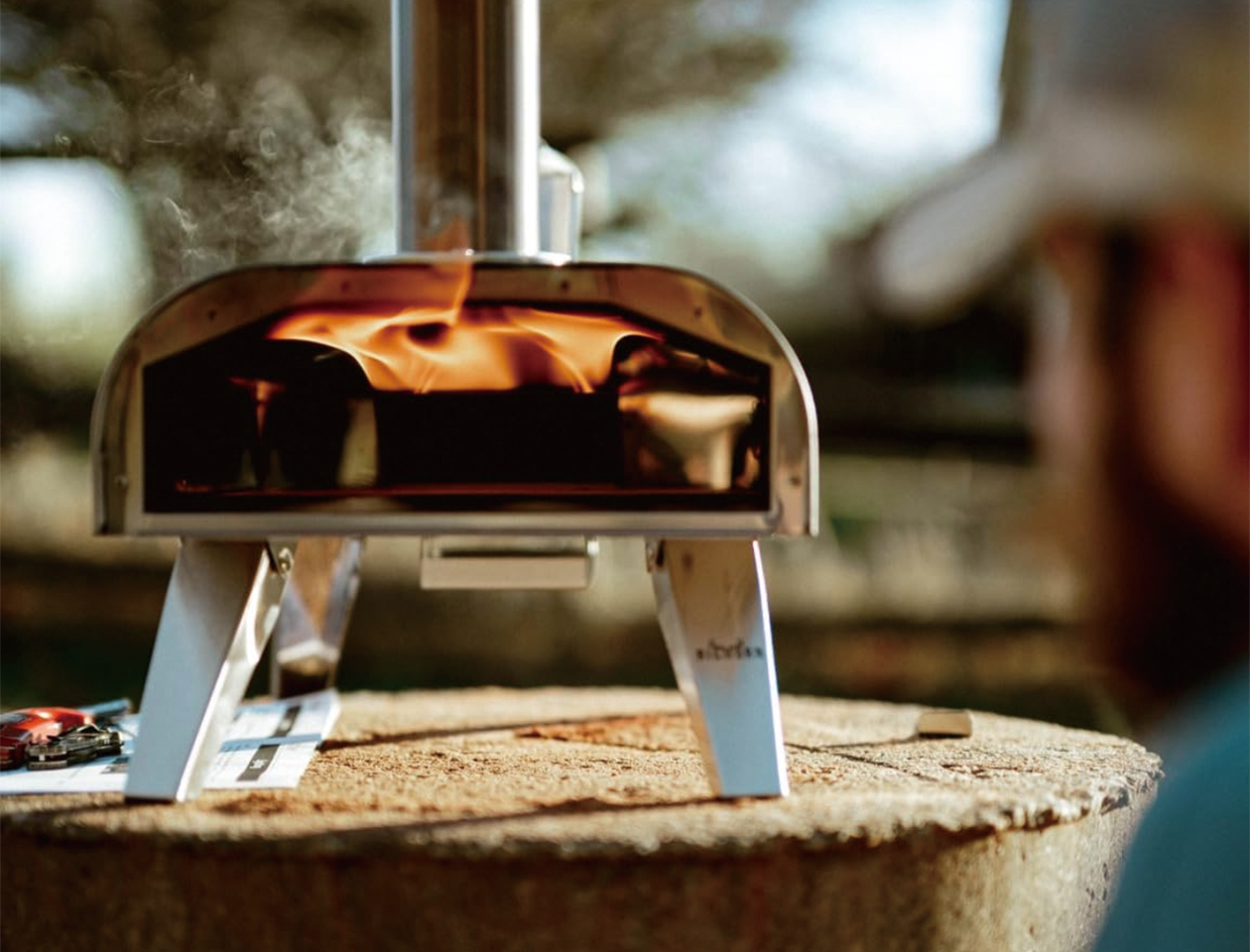Your pizza oven has made countless perfect dinners, but even the best ovens eventually wear out. Knowing when to replace your pizza oven saves you from bad meals and expensive repairs.
Spotting these five warning signs early helps you make the right choice and keeps your outdoor cooking going strong.
The Lifespan of a Pizza Oven
How long ovens last:
- Wood-fired and pellet ovens: 10-15 years
- Gas pizza ovens: 10-15 years (burners may need replacing every 7-10 years)
- Stainless steel models last longer than cheaper metals
- Ceramic and brick parts last decades with proper care
What affects how long your oven lasts:
- Weather: Harsh winters, salt air, and big temperature changes reduce lifespan
- How much you use it: Weekly use creates different wear than occasional use
- Taking care of it: Regular cleaning and weatherproofing add years to your oven
Even well-kept ovens eventually need replacing as they get less efficient and parts wear out.
Sign #1: Big Cracks or Damage
Major warning signs:
- Cracks in the oven dome, walls, or support parts
- Web-like crack patterns across surfaces
- Cracks that keep growing even after you fix them
These cracks happen from heating up and cooling down over and over, especially when ovens weren't broken in properly. Large cracks let heat escape, making it impossible to keep the right cooking temperature and waste fuel.What you can fix:
- Pizza stones: These are replaceable parts. A cracked stone doesn't mean you need a new oven
- Small surface cracks: Small chips in the dome or floor can be patched with high-temperature filler
- Hairline cracks: Normal in cooking surfaces and easy to fix
When to replace: When cracks go all the way through walls or create multiple connected patterns, your oven's structure is damaged. These problems usually cost more to fix than buying new and often come back even after professional repairs.
Sign #2: Poor or Uneven Heating
Normal performance:
- Gas models: 650°F to 900°F within 15-20 minutes
- Wood/pellet ovens: 20-30 minutes to reach temperature
If your oven takes much longer or can't reach the same high temperatures as before, internal parts are breaking down.Common heating problems:
- Uneven cooking: One side burns while the other stays raw
- Hot spots and cold zones: From worn burners or damaged heat spreaders
- Poor heat keeping: Damaged insulation lets heat escape
Fuel use warning signs: Wood pellet ovens suddenly eating through pellets much faster than before means heat loss through damaged insulation or cracks. Gas ovens using way more propane have the same issues.Try these fixes first:
- Clean the burners really well
- Replace worn door seals
- Clear blocked air passages
If basic care doesn't fix proper heating, the insulation system has probably broken down beyond cheap repair, making replacement the better choice.
Sign #3: Rust and Metal Damage
Where to look for rust:
- Cooking surfaces (food safety problem)
- Main structure parts (weakens oven strength)
- Joints, welds, and connection points (spreads fast)
- Door hinges and handles (shows water is getting in)
Even high-quality stainless steel gets rusty when protective coatings wear away or face bad weather.Internal rust problems:
- Rust pieces get into food
- Weakened parts may break during high-heat cooking
- Rust in firebox or gas chamber creates safety dangers
- Gas oven heat parts affected by rust need immediate replacement
Fix vs. replace choice: Surface rust on less important parts might respond to wire brushes and high-temperature paint. However, rust spread throughout the oven structure usually costs more to fix than replacement.The rust cycle problem: Once rust starts in an oven, it tends to come back even after professional treatment. Water that caused the first rust often stays, making replacement the smarter long-term choice than repeated rust removal efforts.
Sign #4: Too Much Smoke or Poor Air Flow
Normal vs. problem smoke: Wood and pellet ovens make some smoke during startup, but too much smoke that doesn't clear within 10-15 minutes means air flow problems.
Common air flow issues:
- Damaged chimney systems
- Blocked air passages from grease or junk
- Broken door seals messing up airflow
- Structural damage affecting air movement
Gas oven smoke warnings: Gas pizza ovens should make very little visible smoke. Too much smoke often means incomplete burning from damaged burners, wrong air-fuel mix, or blocked vents - creating possible carbon monoxide risks that need immediate attention.
Problems caused by poor air flow:
- Incomplete fuel burning and more emissions
- Poor flavor development in food
- Unpleasant and possibly unsafe cooking area
- Backdraft forcing smoke into your cooking space
Fix or replace choice: Clean built-up grease and junk first. If cleaning doesn't solve the problem, major air flow system damage often needs professional checking to decide if repair costs make sense versus replacement.
Sign #5: Repair Costs Too Much vs. Buying New
Major repair costs to watch:
- Gas oven burner system replacement: 60-80% of new oven cost
- Wood oven firebox rebuilding: 70-85% of replacement price
- Big insulation repair: 50-70% of new oven value
When single repairs get close to these percentages, replacement gives better long-term value.Add up repair costs over time: Track your expenses over the past two years. Frequent repairs add up fast:
- Seasonal seal replacements
- Regular rust treatment
- Repeated heating element fixes
- Multiple part repairs
The hidden costs:
- Downtime: Breakdowns during party seasons mean cancelled events
- Can't count on it: Constant worry about oven working
- Missed chances: Missing special occasions and gatherings
Age factor in choices: Ovens over 8-10 years old with major problems are better candidates for replacement. Modern improvements in efficiency and features make new ovens more attractive than big repairs on old equipment.Simple rule: If yearly repair costs go over 25% of a new oven's price, replacement becomes the smarter money choice.
What to Do Next: Your Replacement Options
Modern oven improvements:
- Better insulation: Keeps heat longer, reaches temperature faster, uses less fuel
- Multi-fuel flexibility: Switch between wood pellets, gas, or combination systems
- Smart features: Built-in thermometers, better door seals, easier cleaning systems
- Weather resistance: Better materials handle harsh outdoor conditions
Size and capacity thinking: Look at your current needs versus your old oven. Has your entertaining grown? Think about upgrading to a bigger model. Need more portability? New lightweight models offer great performance in smaller designs.Energy efficiency benefits: Modern ovens use 20-30% less fuel than older models through better burning systems and heat keeping. These savings help pay for replacement costs over time.What to look for:
- Parts you can change out for easier care
- Better warranty coverage
- Better temperature control accuracy
- Better safety features
Newer ovens also handle different cooking better - pizzas, bread, roasts, and vegetables all benefit from better design and airflow systems that older ovens simply can't match.
Conclusion
Watch for these key warning signs: major structural damage, heating problems, widespread rust, air flow issues, or repair costs getting close to new oven prices. When multiple problems show up, replacement gives better value than continued repairs.Modern pizza ovens offer big improvements in efficiency and reliability. Ready to upgrade? Big Horn Outdoors® provides premium pizza ovens with better durability and performance for your outdoor cooking needs.
-
Pizza Oven Problems: 5 Warning Signs You Need a Replacement
-
Struggling with uneven heating or rising repair costs? Spot these five pizza oven warning signs and avoid ruined meals. Get expert tips for smart replacements.
-
pizza-oven-replacement-warning-signs
Learn the top five signs your pizza oven needs replacing, including cracks, heating issues, rust, poor airflow, and high repair costs. Find out how a new oven can improve your outdoor cooking.




